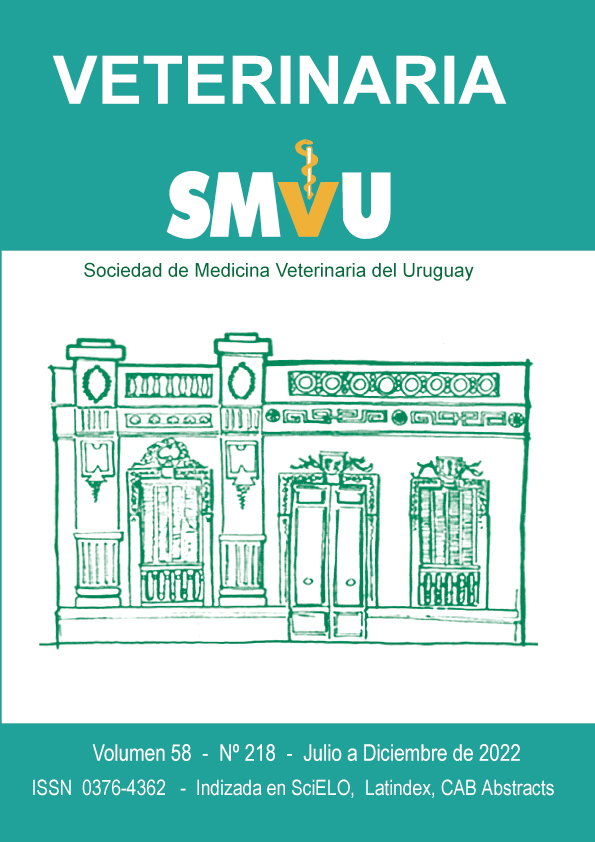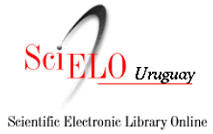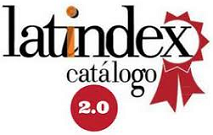Accidental exposure of a dog (Cannis familiaris) to a caustic agent: caustic soda (NaOH)
Case report
DOI:
https://doi.org/10.29155/VET.58.218.5Keywords:
Sodium Hydroxide, Alkali, Mucosal irritationAbstract
Household cleaning products can cause corrosive or caustic effects on small animals. These products can be classified according to their pH as acidic or alkaline, the former causing a localized coagulative necrotic lesion. In contrast, alkaline products cause liquefactive necrosis immediately upon contact, resulting in deeper and more penetrating lesions. The present work describes the exposure of a dog to a alkaline corrosive agent, caustic soda (NaOH), that presented to the clinic with shortness of breath and anorexia. The owner stated that the animal had fallen into a grease interceptor, where they had placed liquid caustic soda. In the clinical examination, the dog presented inspiratory difficulty, rales, and serous nasal discharge. In addition, moderately congestive and dry ocular mucosa, congestive oral mucosa, inflamed and irritated tongue. The treatment was carried out with physiological saline solution, oxygen therapy, dipyrone, dexamethasone, and antibiotic therapy. Sucralfate (10 %) was orally administered and a wet balanced food diet. The dog was discharged 72 hours when it was able to feed normally. The treatment followed is the recommended one, having been the rapid recovery most likely due to the short period of exposure or low concentration of the caustic. The diagnosis was based on anamnesis and clinical signs observed, while the treatment established was adequate, so that the animal recovered without sequela. This report of caustic soda (NaOH) poisoning in dogs is the first communication in Uruguay.
Downloads
Metrics
Downloads
Published
How to Cite
Issue
Section
License
Copyright (c) 2022 Sociedad de Medicina Veterinaria del Uruguay

This work is licensed under a Creative Commons Attribution-NonCommercial 4.0 International License.











